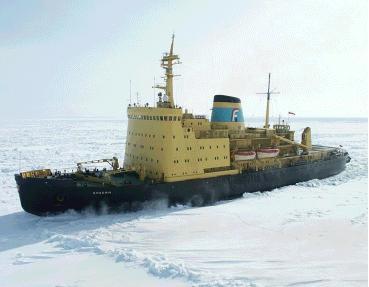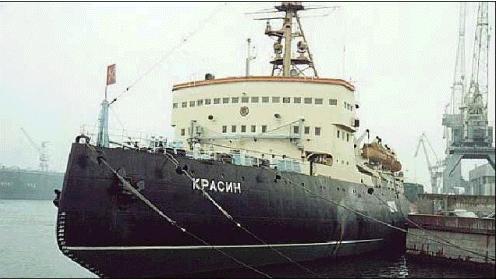|
Conference Technical Visits
Friday, 27 June 2008
Technical Visit I - RUDAS Company
10:00-14:00
Buses will depart from the Mining Institute at 09:30. Delegates will have the opportunity of visiting the Sea Commercial Port and to familiarize with technology of works on creation of new aggradational territories and quays. 14:00-15:00-lunch in a dining room of Mining Institute. The RUDAS Company is incorporated in the LSR Group and occupies leading positions in the market of inert construction materials of Saint Petersburg and the Leningrad region, representing a multifunctional complex for extraction, transportation, processing and shipment of high-quality sand for construction works and creation of new aggradational territories. Today the RUDAS Company represents a unique producer and supplier of sea-sand in Saint-Petersburg and the Leningrad region. Extraction of sea-sand is performed from the deposits located in the water areas of the Gulf of Finland in the Baltic Sea.
Technical Visit II - (Icebreaker KRASIN)
15:00-13:00
Delegates will have the opportunity of visiting the first Russian icebreaker KRASIN. The first icebreaker KRASIN was built for the Imperial Russian Navy by Armstrong Whithworth in Newcastle upon Tyne. She was launched as Swatogor on 3 August 1916. Length 99,80 m, breadth 21,65 m, draft 7,5 m. DWT 4,220 tons, GRT 6,048 tons and NRT 1,687 tons. This icebreaker had a long, distinguished career in rescue operations, as well as a pathfinder and explorer of the Northen Sea Route. In 1920, after the Russian Revolution, the Svyatogor rescued Icebreaker Lenin with 85 persons on board. In 1927 this icebreaker was renamed by the Soviet government to honor the recently deceased KRASIN.
Perhaps the most famous duty the KRASIN performed was rescuing the expedition of downed balloonist General Umberto Nobile close to the North Pole, during his failed italian Polar expedition in 1928. Later in the same year, KRASIN rescued German passenger ship Monte Servantes, with 1835 passengers on board, after it hit an iceberg and its hull was severely damaged. In 1933 Krasin became the first vessel to reach the hitherto inaccessible northern shores of Nowaya Zemlya in the history of navigation. During Word War II, Krasin participated in many Russian convoys. In 1942 the KRASIN was spotted at theMona Islands in the Kara Sea by a Kriegsmarine plane during Operation Wunderland. Heavy cruiser Admiral Scheer rushed to find it, but providential bad weather, fog and ice conditions saved icebreaker KRASIN from destruction. KRASIN was put on dock and reconstructed at Wismar, Germany, between 1953 and 1960. Then it continued in service until relatively recently, and is now a museum ship in Saint Petersburg.
 Icebreaker KRASIN  Icebreaker KRASIN is moored at quay near from Mining Institute |